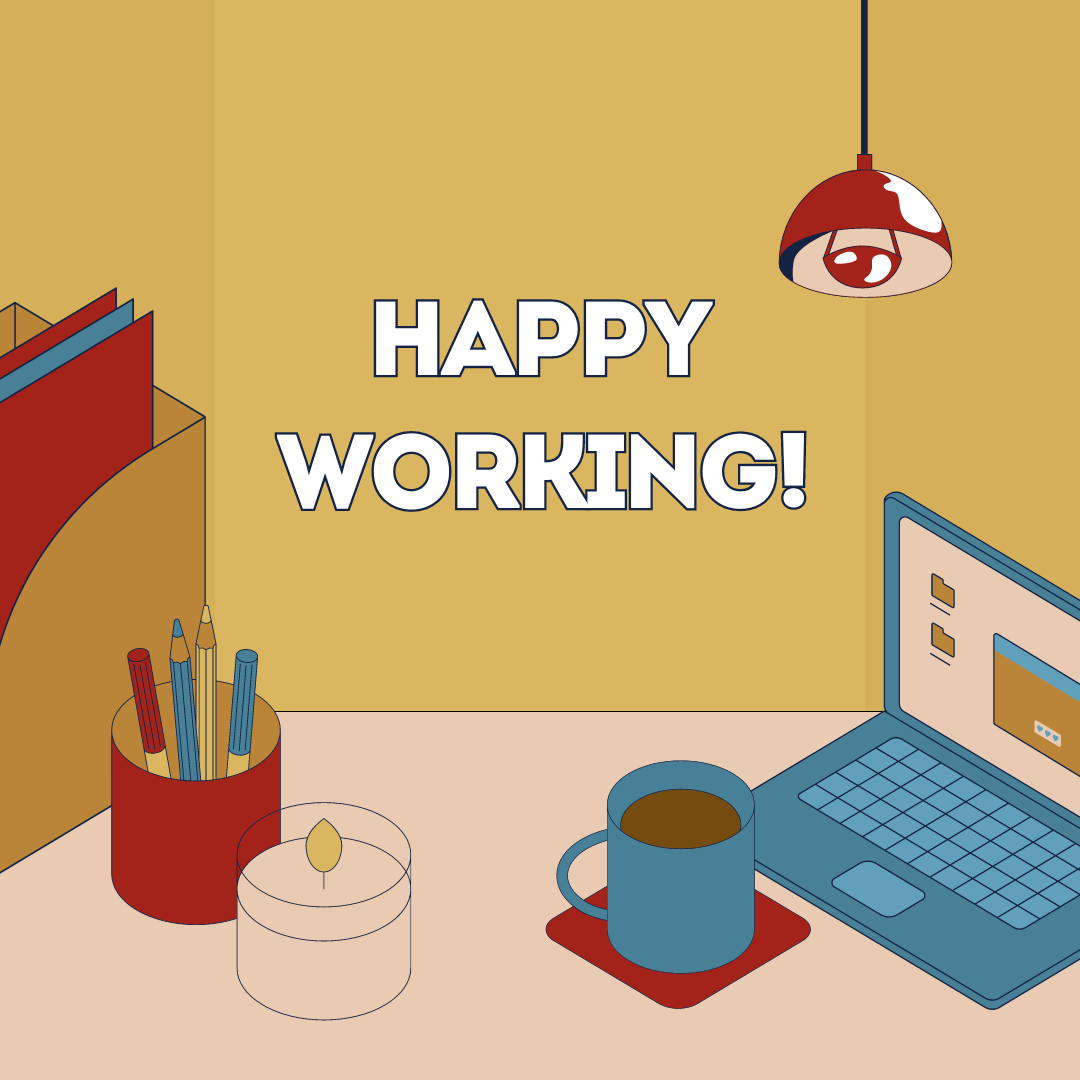A Comprehensive Guide to Workday Integration
Workday represents a transformative cloud-based platform for HR and financial management. Its integration within your organization can revolutionize HR processes, offering a unified, efficient, and scalable approach. This is a comprehensive guide to understanding and implementing Workday integration in your organization.
Why
Workday?
Workday provides a multitude of advantages, establishing it as a top selection for numerous organizations:
1. Unified Platform: Workday integrates a variety of HR functions into a cohesive, user-friendly platform, offering everything from payroll and benefits to talent management and analytics in one location.
2. Real-Time Data: Workday grants access to immediate data and insights, facilitating informed decision-making and strategic planning.
3. Scalability: Workday's scalable solutions are designed to accommodate the growth of any organization, from small businesses to large enterprises.
4. Enhanced User Experience: Workday's intuitive interface delivers a smooth experience for all users, ranging from HR professionals to employees utilizing self-service portals.
Steps for Successful Workday Integration
1. Define Objectives and Scope
Begin by clearly defining your objectives for integrating Workday. Determine the scope of the integration, pinpointing the critical areas requiring transformation.
2. Conduct a Needs Assessment
Evaluate your existing HR processes and systems to identify inefficiencies, pain points, and gaps that Workday can resolve, ensuring the integration meets your specific needs.
3. Develop a Project Plan
Create a comprehensive project plan detailing timelines, budgets, and required resources. Establish key milestones and deliverables to monitor progress effectively.
4. Engage Stakeholders
Involve key stakeholders from the start, including senior management, HR, IT, and end-users. Their support and input are vital for a seamless transition.
5. Choose the Right Implementation Partner
Partner with a seasoned Workday implementation specialist to follow best practices, reduce risks, and fully leverage the integration's advantages.
6. Data Migration and Testing
Carefully migrate all existing data to Workday and perform extensive testing to detect and fix any issues before the official launch.
7. Training and Change Management
Train your staff to proficiently use Workday and execute a solid change management plan to overcome resistance and facilitate smooth adoption.
8. Go Live and Monitor
Proceed to go live once preparations are complete. Closely monitor the integration during the initial stages, promptly addressing any initial problems. Continuously evaluate performance and solicit feedback for ongoing enhancement.
Benefits
of Workday Integration
1. Streamlined
HR Processes
Workday automates and simplifies HR
processes, reducing manual work and increasing efficiency. This allows HR teams
to focus on strategic initiatives rather than administrative tasks.
2. Improved
Compliance
With Workday, compliance with various
regulations becomes easier. The platform’s robust reporting capabilities ensure
you meet all legal requirements without hassle.
3. Enhanced
Employee Engagement
Self-service features empower employees to
manage their information, access payslips, and apply for leave, enhancing their
engagement and satisfaction.
4. Cost
Savings
By streamlining operations and reducing
redundancies, Workday helps organizations save costs in the long run. The
scalability of the platform ensures you only pay for what you need.
Real-World Success Stories
Many organizations have effectively integrated Workday, experiencing substantial enhancements in their HR functions. For example, a global energy company moved from several legacy systems to Workday, standardizing their HR processes and achieving a cohesive, efficient operation. Similarly, a prominent retail chain utilized Workday's real-time analytics for data-driven decision-making, improving their talent management and retention strategies.
Conclusion
Adopting Workday in your organization is more than an IT upgrade; it's a strategic step to future-proof your HR operations. With a systematic approach and by capitalizing on the platform's features, you can attain new heights of efficiency, compliance, and employee engagement. Step into the future with Workday and revolutionize your HR processes for a more dynamic, agile organization.
Interested in starting your Workday journey? Reach out to us today to discover how we can assist in the smooth integration of this robust platform into your enterprise.
Email:
info@isukconsultants.com


